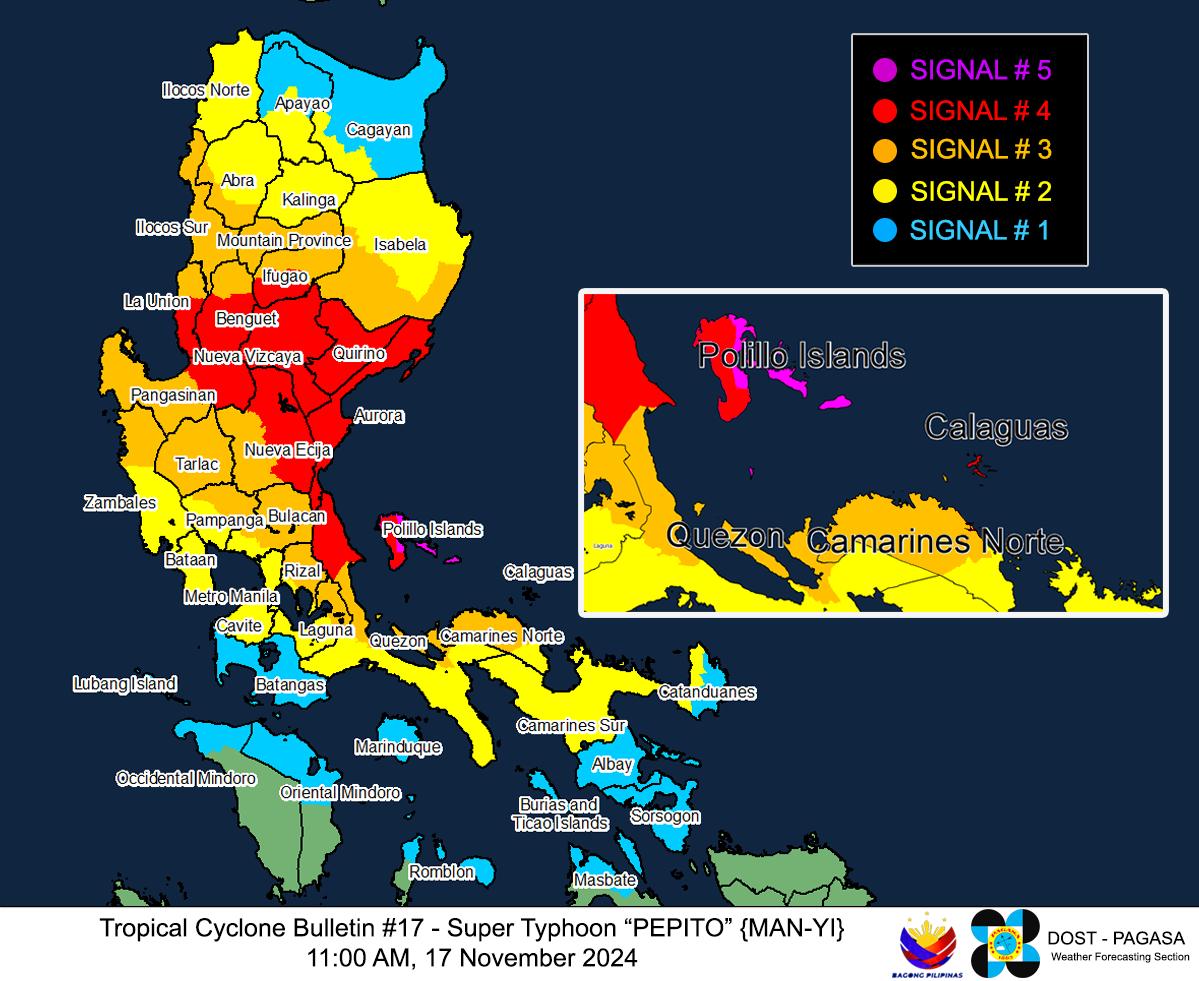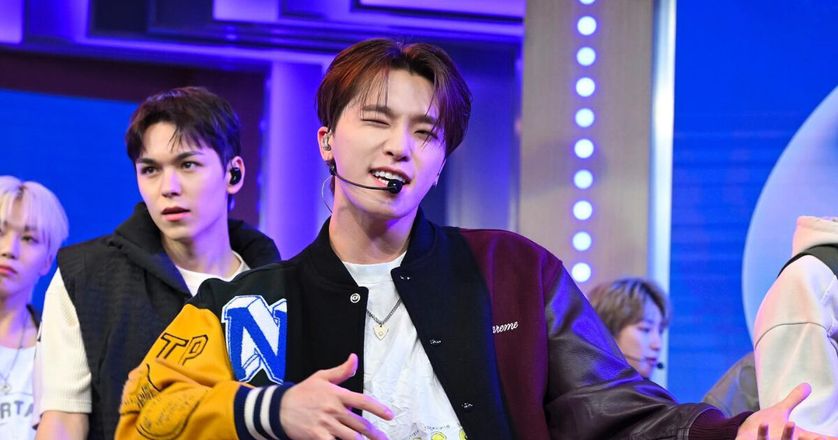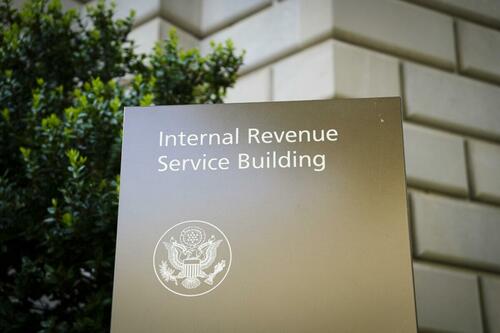
The world is still coming to terms with Donald Trump’s return to the White House. Many had no doubt predicted, even feared, this outcome, particularly when a frail Joe Biden began to slur, slip and stumble. Yet, once Kamala Harris was pitchforked into the campaign―and made early gains―there was a residual hope in sections of American society and many parts of the world that Trump would be kept out.
Hope is not the right word; it was more a reality-denial. Many were just not willing to believe that a man twice impeached and prosecuted four times, a convicted felon on multiple counts, could actually become the most powerful man in the world. Again.
They clung on to the outdated belief that decency, however uninspiring, would always trump dark vision. Sooner, rather than later, acceptance must replace anguish. Trump has won emphatically not only the electoral college but, for the first time, the popular vote.
More than half of the voters wanted him back to the White House, and there is no greater backing in a democracy. His supporters have overlooked, by free choice, his trademark profanities, his misogyny, racism and his vulgar machismo. They have forgiven his violent obstruction to the transfer of power in 2020.
They have unconditionally bought into his narrative of Making America Great Again (MAGA), no matter what the cost. Immigration and inflation proved more powerful than being woke or championing abortion; even multi-racial working-class groups and women voters have swung towards him. There was an undeniable rightward shift in all 50 states.
Clearly, despite Biden’s investments in manufacturing and infrastructure, people were unhappy with the Democrats; they voted for ‘Change with Strength’. The inescapable conclusion: Trump 1.0 was not an aberration, an inexplicable blip.
It was a logical sign of shifting political realities and cultures. In dealing with Trump 2.0, simply following the playbook of the first term may not be enough.
In November 2016, Trump, and much of the world, was surprised by his victory over Hillary Clinton. Ensconced in Trump Tower in New York, Trump had no transition plan, or list of deployments; Clinton in contrast had it all charted out. Trump muddled through towards his inauguration with the help of his key advisors―his daughter Ivanka, her husband Jared Kushner and his campaign managers Steve Bannon, Corey Lewandowski and Paul Manafort―all three, incidentally, later faced criminal charges.
Policy in the early months was conducted through a series of imperious executive orders. Cabinet positions were gradually filled up―a mix of favourites, money-bags and generals, for whom Trump harboured some admiration. Crucial appointments below the cabinet level took long to fill, if at all; the long corridors of the state department, for instance, were haunted, unoccupied places for months.
The establishment Republicans, many of them being no-Trumpers, were out, biting their nails. A new crowd of family cronies and Trump loyalists, unknown and inexperienced in the ways of the Beltway, tried to take over. Diplomats scrambled to make connections through unconventional channels―even hanging around in the bar at the Trump Hotel in Washington, DC, to buttonhole Trump’s advisers―because the established paths to power no longer worked.
Frequent changes in the top ranks added to the general chaos. Trump went through four national security advisers. Several crucial advisers such as defence secretary Jim Mattis and chief of staff John Kelly―two of the men known as the “adults in the room” had to go because they were not going to roll over at Trump’s whim.
Trump, it bears recalling, often made policy on the run, and announced it over Twitter. He also fired his first secretary of state Rex Tillerson with a tweet. Foreign leaders, including many strategic allies, who rushed in to meet Trump were often rudely scorned or hectored; it took a while for them to learn the art of the great Ego-Feed.
Now, Trump is far more experienced in handling the levers of power, though that it is not going to be guarantee against chaos. His convincing mandate, and the Republican control of the Senate and the House, means he will not waste time trying to work with the “swamp”, or the Washington establishment, but will bulldoze his way through with a trusted team. The Trump family will wield immense influence.
Even if Ivanka and Kushner shun the crucial senior adviser roles they earlier played, others will step in: Trump’s two elder sons Eric (whose wife, Lara, is co-chair of the Republican National Committee) and Don Jr. as will be his strapping young son Barron. Incidentally, Barron is being credited with advising Trump to conduct the “bro-casts” with male influencers to talk about wrestling, cryptocurrency and cocaine.
Also Read Trump returns to presidency stronger than before, but remains just as unpredictable Illegal immigrants: Democrats’ message came across as vague, preachy and hopelessly removed from reality Trump International Hotel: The only place outside White House where Trump ever dined in his first tenure How Trump succeeded in converting Americans’ feelings of grievance into votes Trump’s approach to foreign policy meshes well with Modi’s bent towards strategic autonomy Unlike 2016, a transition team, chaired by the billionaire Howard Lutnick and Robert F. Kennedy Jr., has already been at work and early appointments are coming through.
They are all along expected lines: loyalists and hardliners who believe in America First. Among these are known immigration hardliners from the first term. Tom Homan and Stephen Miller will be the border czar and deputy chief of staff, respectively, and will carry out the promised mass deportation of millions of illegal immigrants.
The Indian establishment can take comfort from the selection of Florida Congressman Mike Waltz as national security adviser. Waltz is the co-chair of the India Caucus in the House and familiar with the progress in the India-US relationship; to boot, he is a hawk on China, as is Mark Rubio, the pick for secretary of state. Of particular interest will be the appointment of the attorney general.
In his first term, Trump quickly fell out with―and fired―Jeff Sessions; his second attorney general Bill Barr resigned in December 2020 when he publicly disputed Trump’s claims of voter fraud. This time around, the department of justice may be asked by Trump to wreak vengeance on his political enemies, a job that many would like to avoid. The roller-coaster ride has just begun, powered by the tech billionaire Elon Musk, who poured $120 million into Trump’s campaign and brought out the voters through his platform X.
Trump has named Musk (along with Vivek Ramaswamy) to oversee the newly-created department of government efficiency, making him his hatchet man for cutting costs and restructuring the bureaucracy. The bromance between Trump and Musk, two super-egotistic men, will be the thing to watch. Till it lasts.
Navtej Sarna is former ambassador of India to the US..














